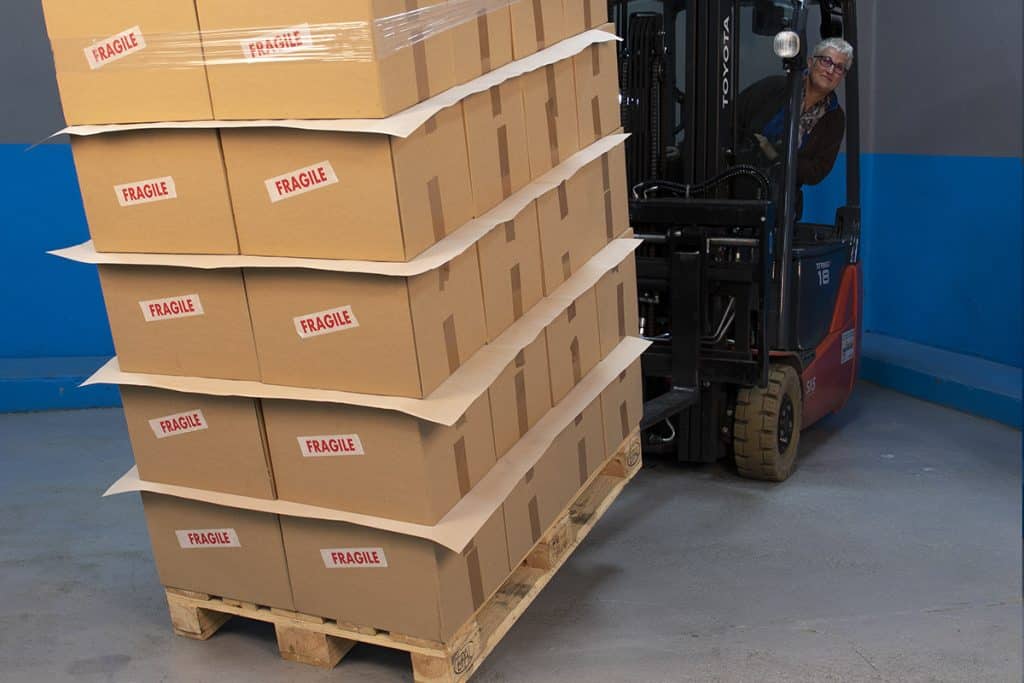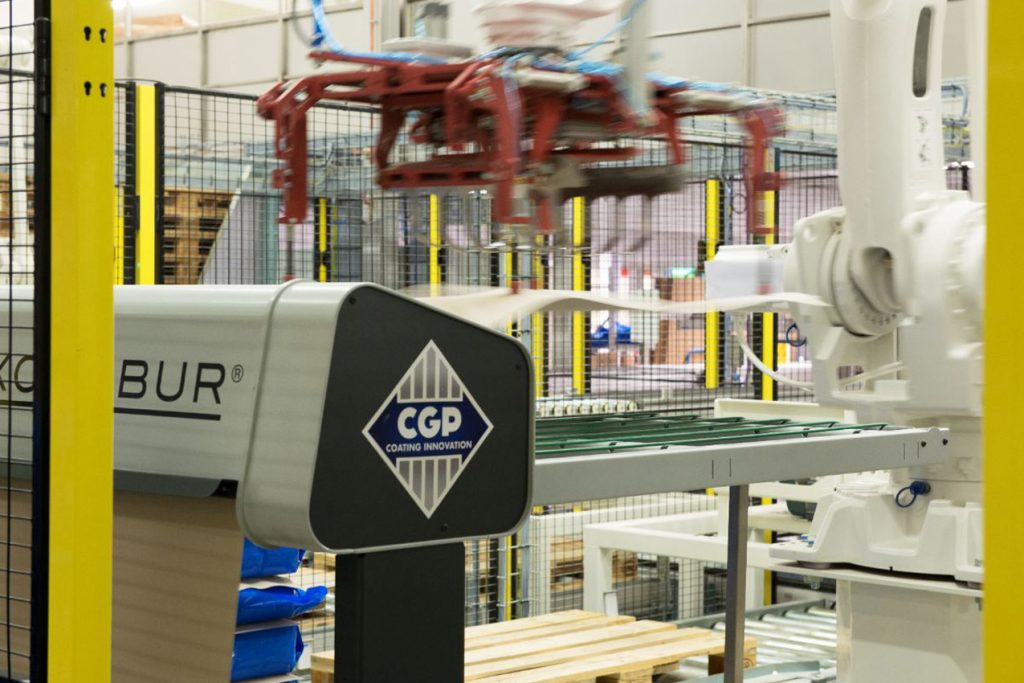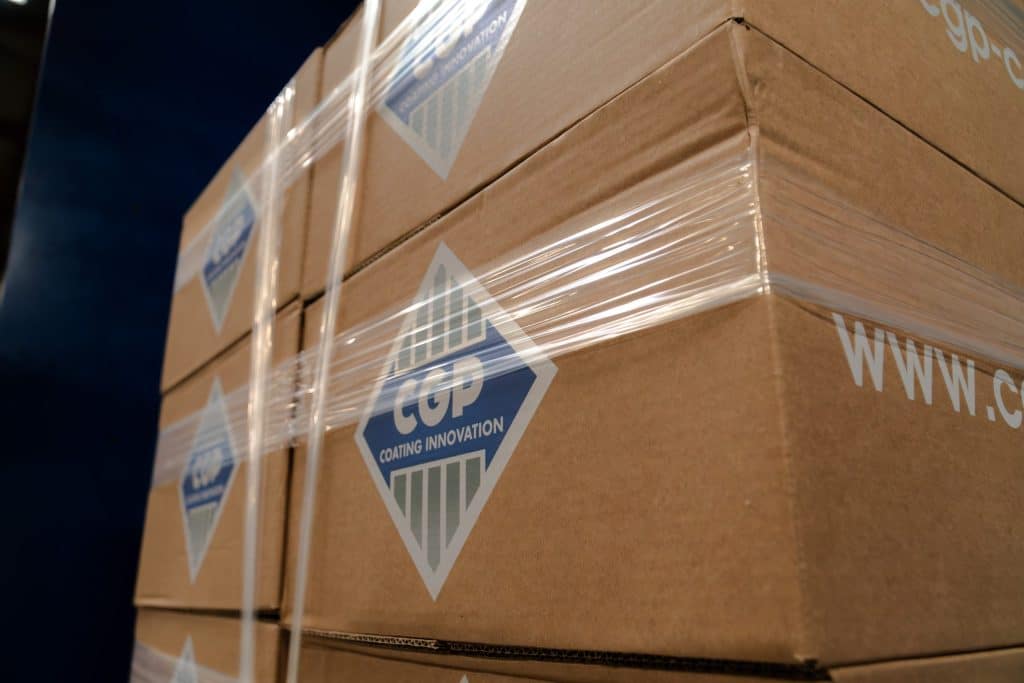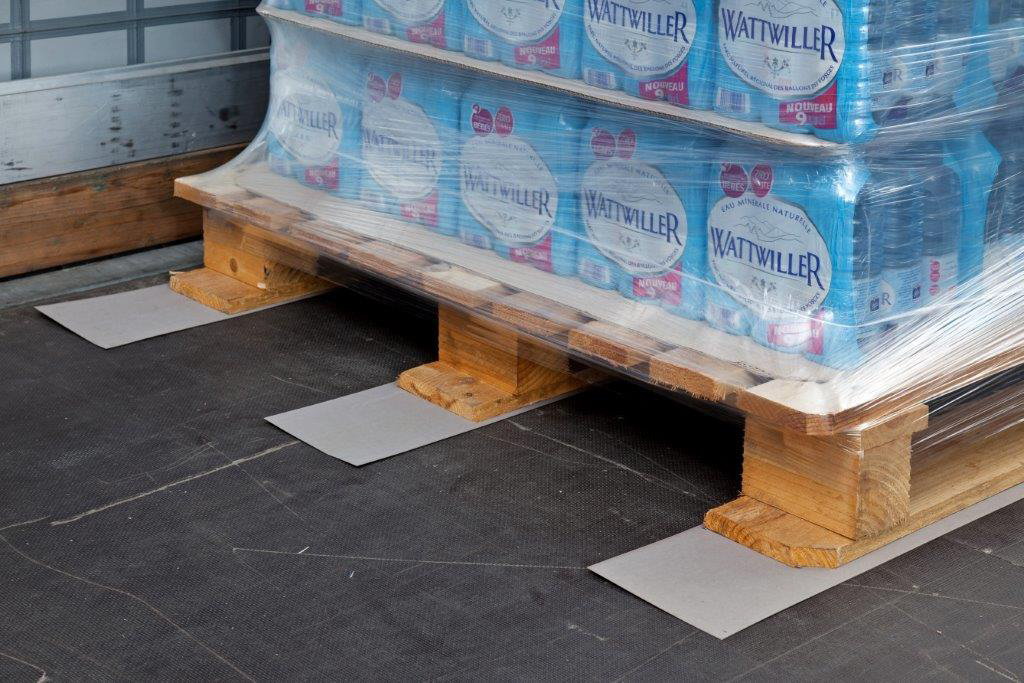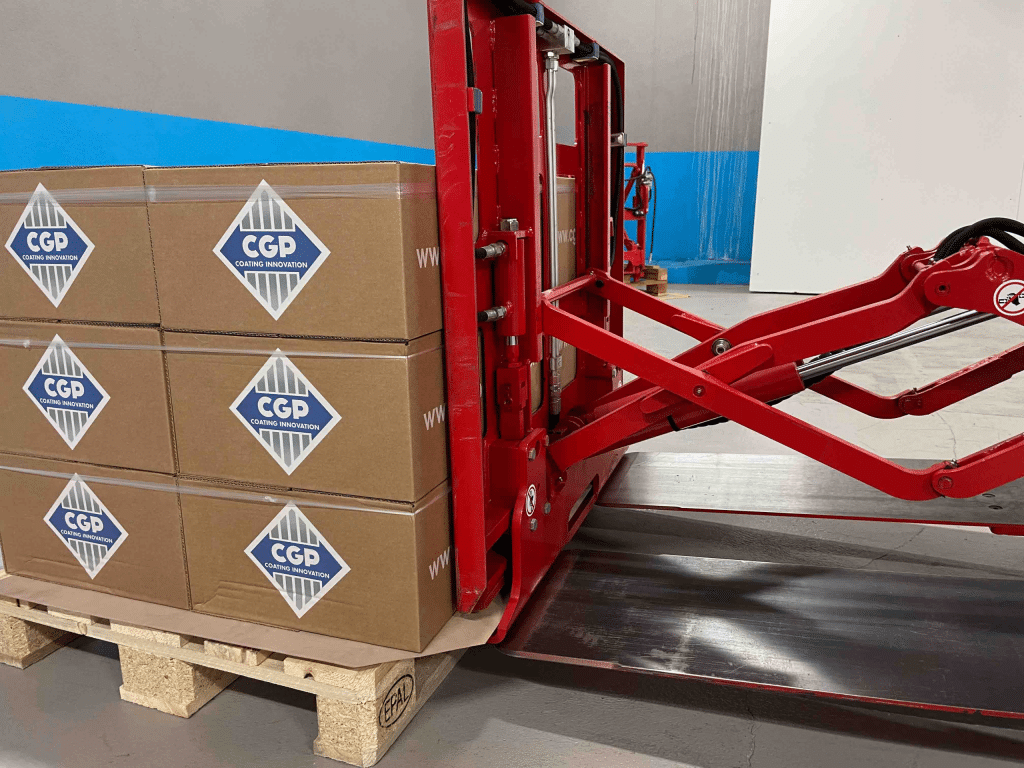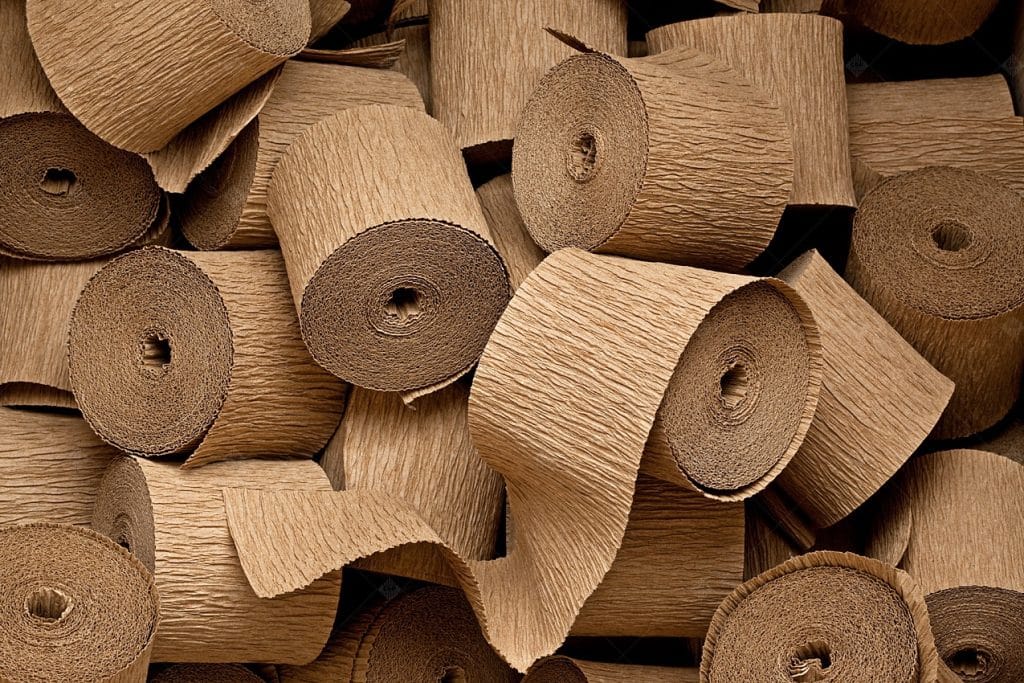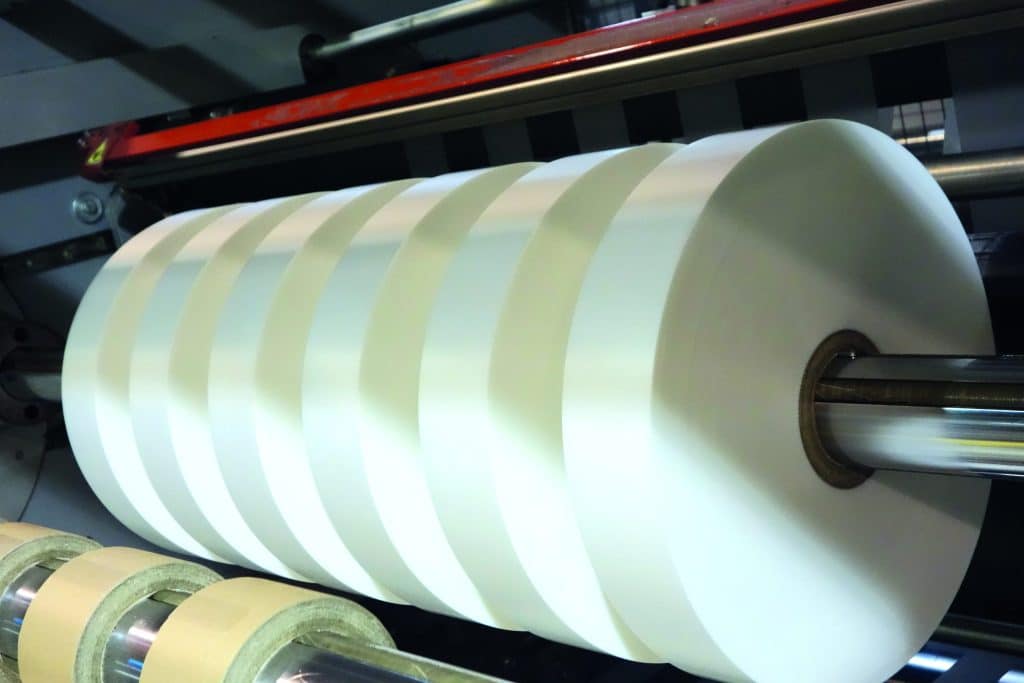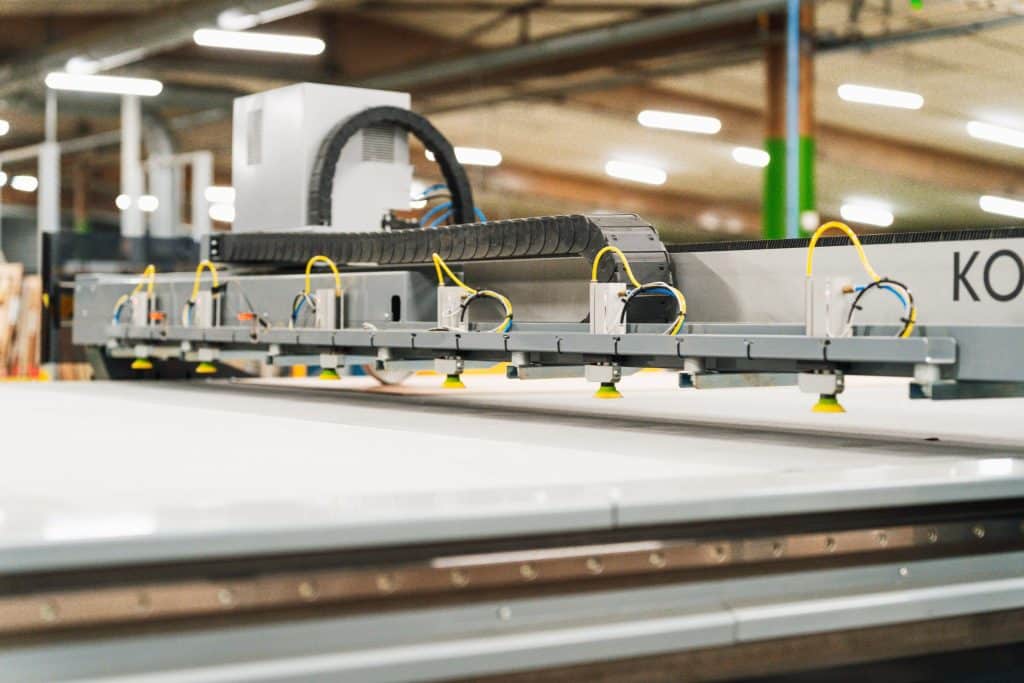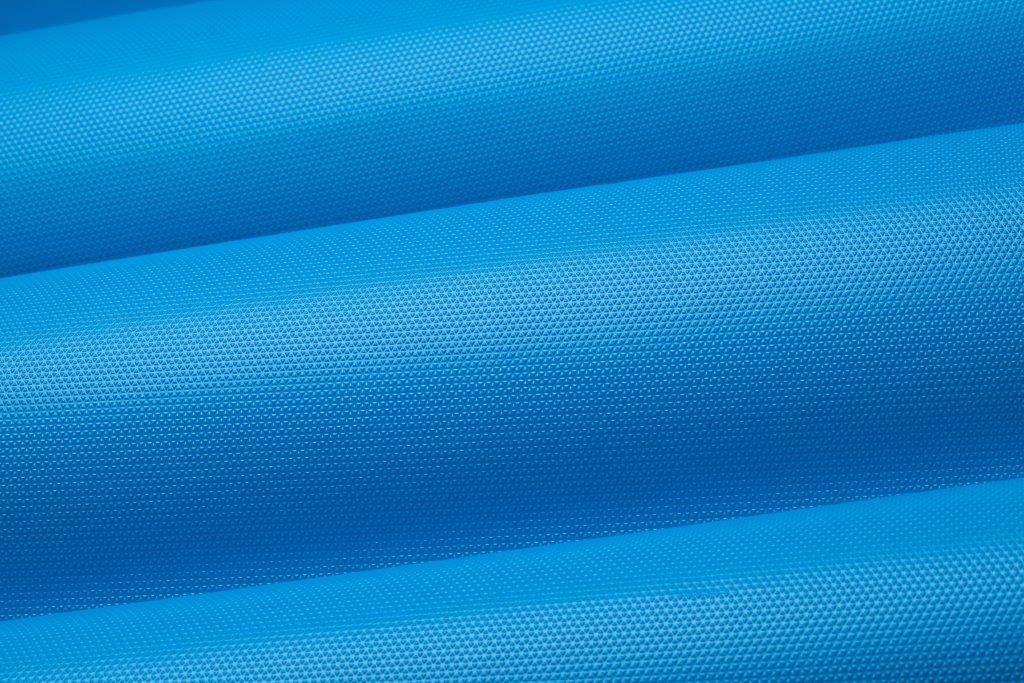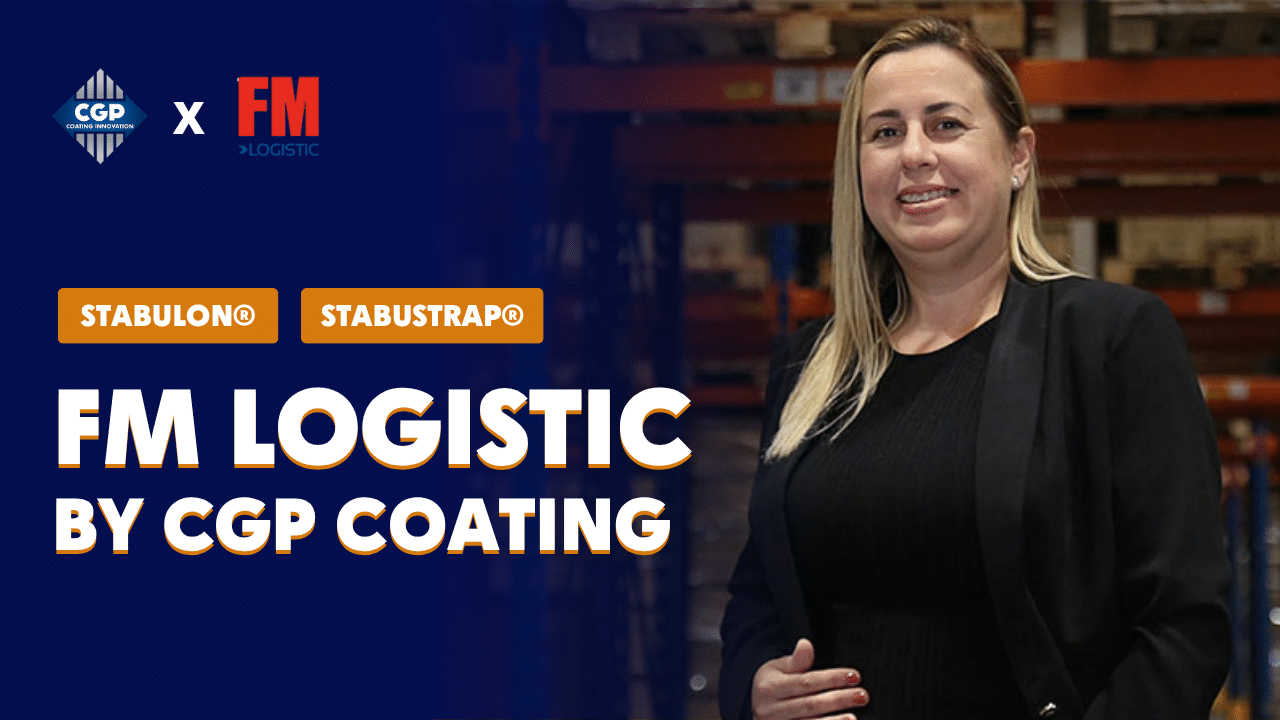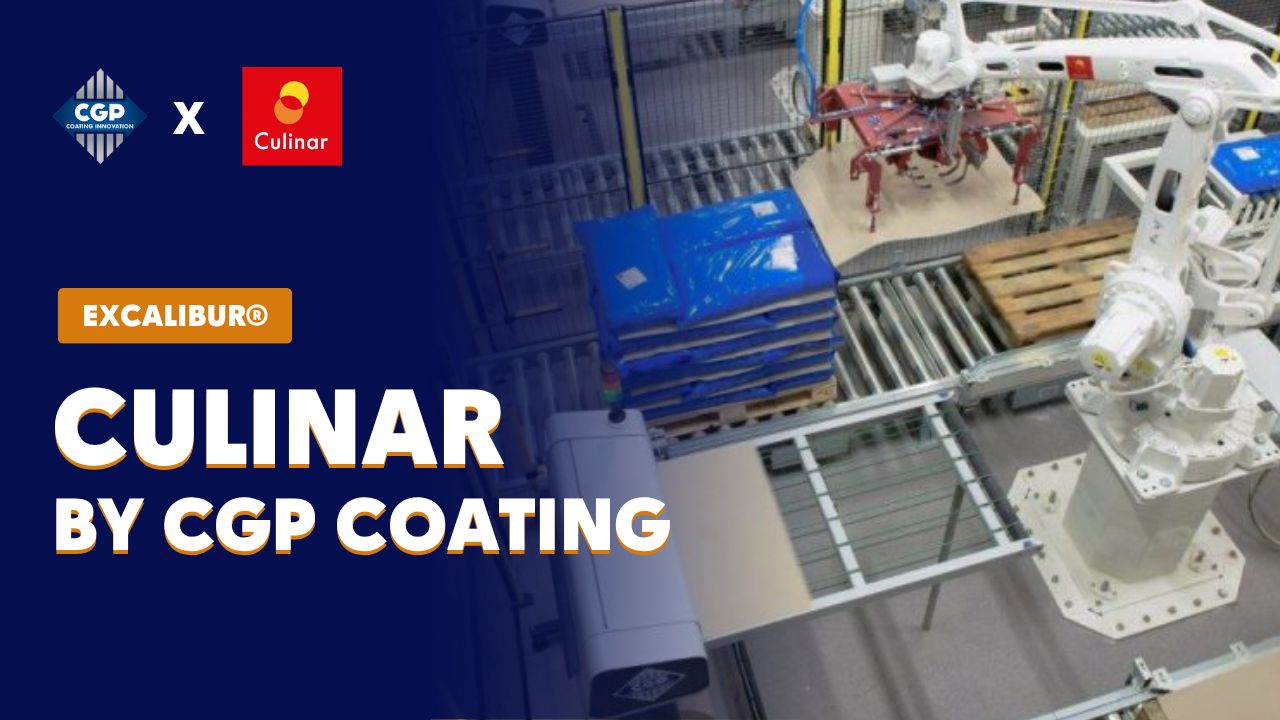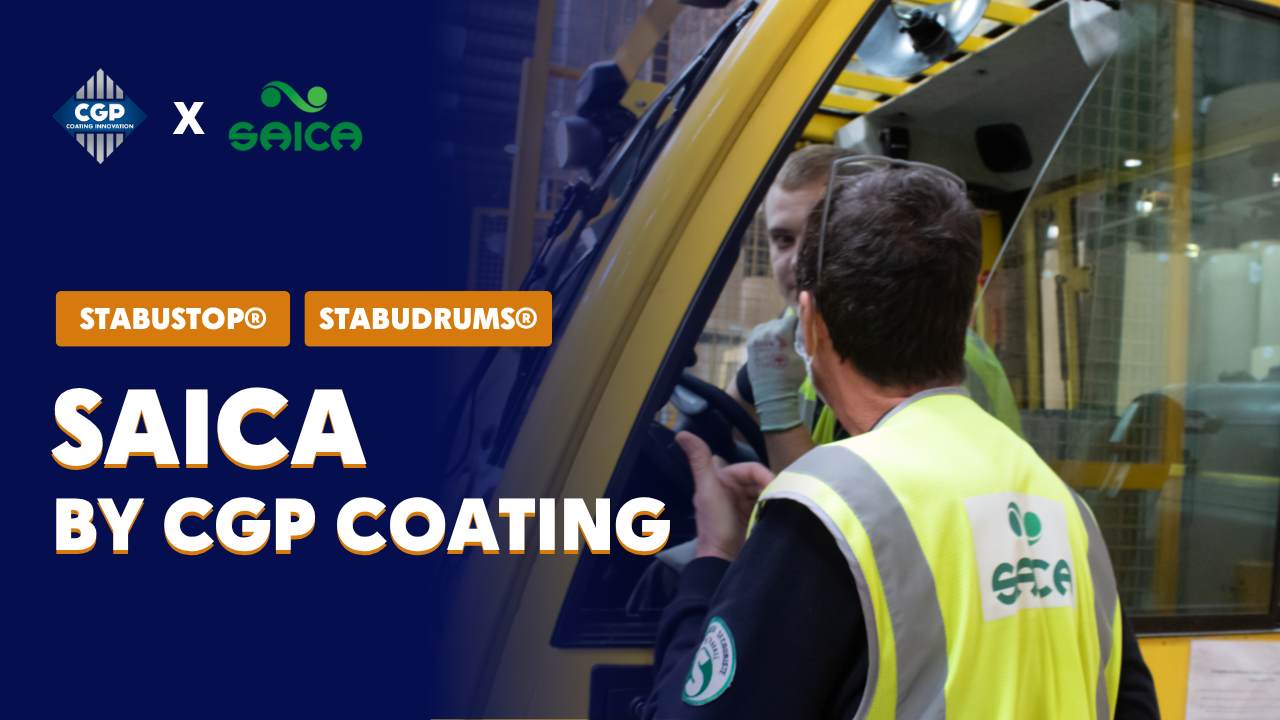This packaging is ideal for storing food products. Like all other packaging in direct contact with food, care must be taken to avoid the dangers associated with their storage and transport in order to avoid any risk of contamination. For this, it is necessary to understand what the specific dangers can be, why and how an external contamination could occur and finally, how to guard against a contamination incident.
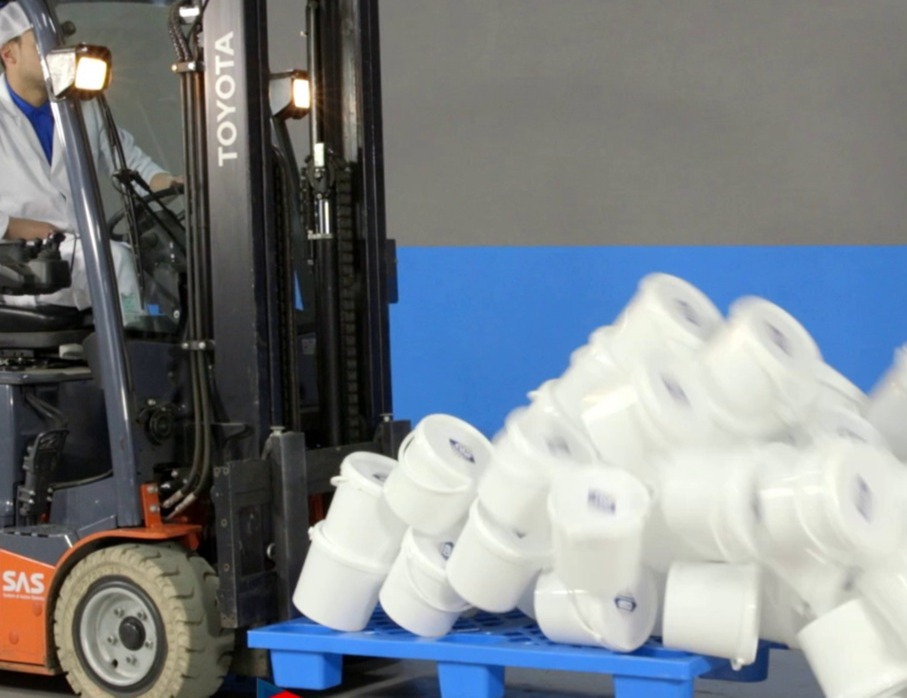
Buckets for holding food are made of food grade plastic. They consist of a round, oval or rectangular container, an airtight lid, an anti-opening protection ring and sometimes a protruding handle.
Their circular shape, the protrusion of the handle and the fragility of the lid’s tightness make palletizing complex to perform.
What are the dangers of storing or transporting food buckets?
Plastic buckets are packaging suitable for powder, paste or liquid foodstuffs. They are often used for packaging: food ingredients, culinary preparations, sauces, condiments, dairy products, animal feed, candy, etc.
What are the risks of contamination?
- By migration of the container
Made of plastic for food use, the materials used are selected for their suitability for direct food contact. Migration tests are carried out to define which product is suitable to be packaged in the container, under which storage conditions (temperature, humidity) and for what duration. A migration test must be performed for each food family. - By premature opening
Food buckets are made of rigid plastic. The resistance of this material is calculated as a function of the load it contains and the load on the stack that it must withstand.
When a container is dropped, a puncture, crack or leak of the lid seal may occur. This is why drops on the ground or impacts on the pallet for these products are to be avoided.
Why and how can external contamination occur?
Transporting these food buckets can be tricky. The buckets are positioned on pallets suitable for coming into contact with foodstuffs:
- or in slippery plastic.
- or in wood protected by a sliding plastic pallet foot.
The buckets are stacked on several levels. Depending on their capacity from 2 to 10 levels, which makes them very unstable. So to avoid instability, you limit the height of your pallets.
How to avoid breakage when storing and transporting these plastic buckets?
3 simple steps to take:
- Avoid slipping of the foot of the pallet.
- Create cohesion between the piles formed in order to guarantee the stability of the whole.
- Make sure that the plastic packaging is suitable for direct food contact.
If you want to discover the testimony of a market leader and find out how to stabilize and optimize your pallet thanks to a very non-slip interlayer.


